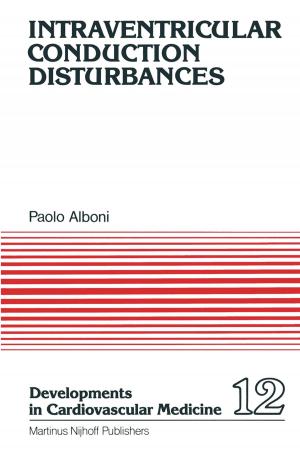Governance and Performance in the German Public Research Sector
Disciplinary Differences
Nonfiction, Reference & Language, Education & Teaching, Educational Theory, Educational Reform, Higher Education| Author: | ISBN: | 9789048191390 | |
| Publisher: | Springer Netherlands | Publication: | July 5, 2010 |
| Imprint: | Springer | Language: | English |
| Author: | |
| ISBN: | 9789048191390 |
| Publisher: | Springer Netherlands |
| Publication: | July 5, 2010 |
| Imprint: | Springer |
| Language: | English |
2007b: 115 ff.; Jansen 2007c: 236 ff.). “Governance patterns” here means a chain of interconnected mechanisms which can be observed empirically. “Governance p- terns” can be roughly de?ned as “complex regulatory structures coordinating the actions of interdependent actors”. Governance patterns can relate to hierarchical as well as to lateral coordination mechanisms. Enforcement can be based on law, p- fessional norms or informal and implicit norms or customs. Moreover, the regulatory structures or individual mechanisms inside them can be established and sanctioned by public as well as by private actors. There is in fact not necessarily an actor in charge of controlling outcomes as for instance in market competition. In the next section, I will introduce the reader to the changing role of the state in science policy. The third section presents the governance model for the p- lic research sector which was developed by the research group and underlies the 1 contributions in this anthology. The ?nal section gives an overview of the papers.
2007b: 115 ff.; Jansen 2007c: 236 ff.). “Governance patterns” here means a chain of interconnected mechanisms which can be observed empirically. “Governance p- terns” can be roughly de?ned as “complex regulatory structures coordinating the actions of interdependent actors”. Governance patterns can relate to hierarchical as well as to lateral coordination mechanisms. Enforcement can be based on law, p- fessional norms or informal and implicit norms or customs. Moreover, the regulatory structures or individual mechanisms inside them can be established and sanctioned by public as well as by private actors. There is in fact not necessarily an actor in charge of controlling outcomes as for instance in market competition. In the next section, I will introduce the reader to the changing role of the state in science policy. The third section presents the governance model for the p- lic research sector which was developed by the research group and underlies the 1 contributions in this anthology. The ?nal section gives an overview of the papers.















